Wow, have I been busy! Classes are in full swing around here. In fact, I’ve already reached the midpoint of the semester. Every day has been nonstop!
Even my weekends are packed. Though, this usually is my fault. I want to enjoy Australia while I can, you know? So I’ve been trying to visit wherever I can: Canberra, the Blue Mountains, Bondi Beach…
Last weekend, however, was taken by something entirely out of my control: a mandatory, overnight excursion for one of my classes.

I’ve never heard of a field trip being mandatory before, especially for a university-level biology course.

My professor for this particular course is a bit of an unusual one. For one, he’s traveled all over the world for his research. Secondly, he is one of those rare professors who can actually give interesting lectures. Thirdly, he actually cares for his students. And finally, he is deeply, passionately in love with bees.

Yes.
Bees.
On this trip, we would be going two hours out of Sydney to a little university-owned research station. The area is quite mountainous, with lots of hiking trails and forests. And we’d be going there– of course– to catch bees. Wild bees and domesticated bees, to be exact– after the trip, we’re supposed to analyze the DNA of the bees and compare the two populations.

We were also scheduled to give presentations on controversial biology topics that weekend. The presentations that would be worth 10% of our grade.

So I hopped on the train from Central out to Woy Woy, a coastal town north of Sydney. The ride took around two hours, and is supposed to be one of the most beautiful train rides you can get from the city.

It’s probably a good thing I took a nap, though. My class set off as soon as we arrived.
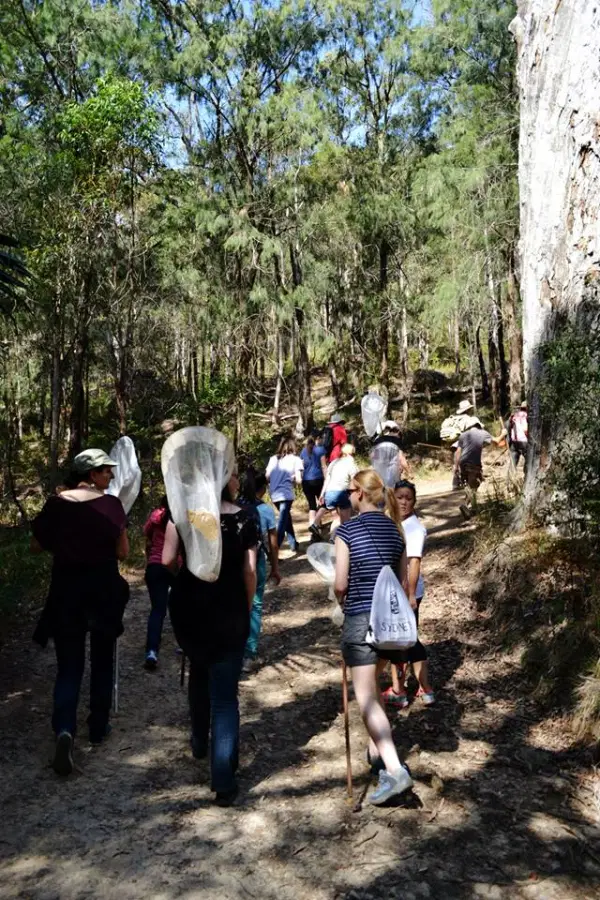
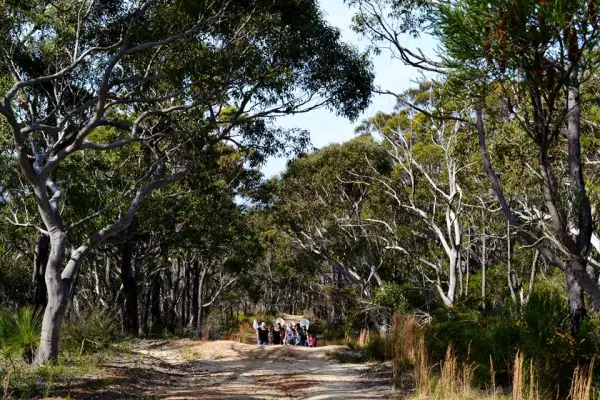
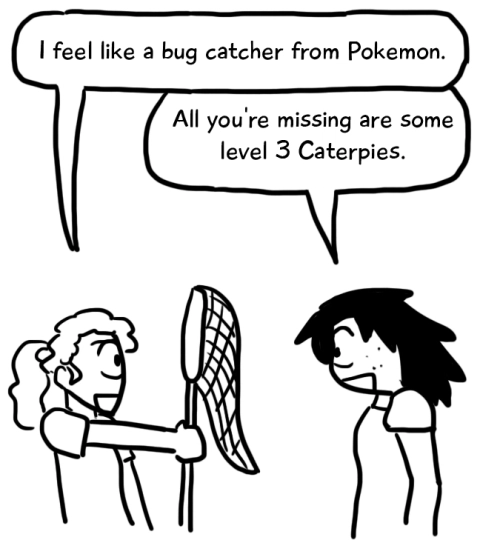
The bee colony lived higher up on the mountain, so we had to walk for quite a while…

…but the view made it worthwhile.


And off we went to catch bees!


Well, now you have to poot the bee!

I admit, I didn’t think I would be able to catch a bee. But my lab partner and I caught three!
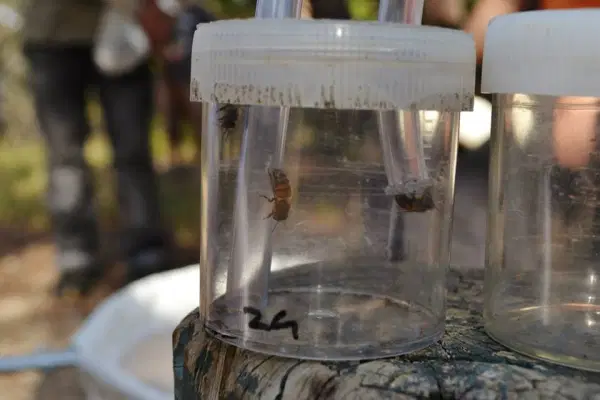

Because the research station lacked a proper lab, we had to get the bees back to Sydney for analysis. Thus, we dipped them in liquid nitrogen to freeze them and preserve their DNA.

That was all only for the wild bees, of course. The lab station had its own colonies of domestic bees. My professor took care of the bee collection from those– the chances of getting stung from them was very high.
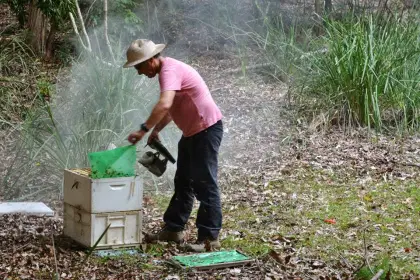
Except my prof is so used to bee stings that he can’t be bothered with protective gear! Like a badass.
He brought over some of the honeycombs for us to observe.

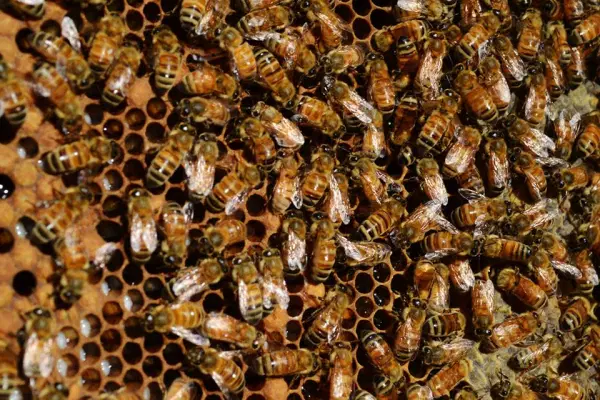
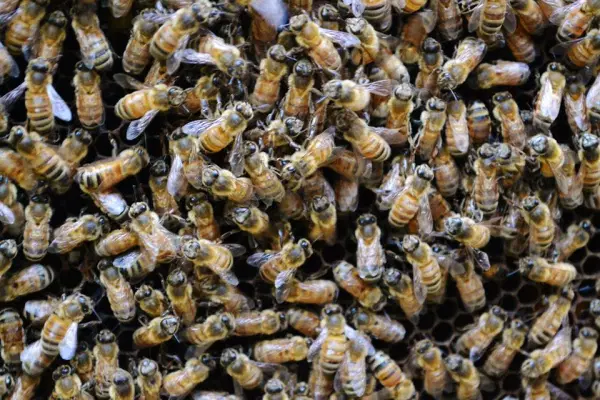

Though the risk is worth it for the honey alone.

And we returned to the house for dinner, where we were stalked by hungry Australian magpies and brush turkeys.
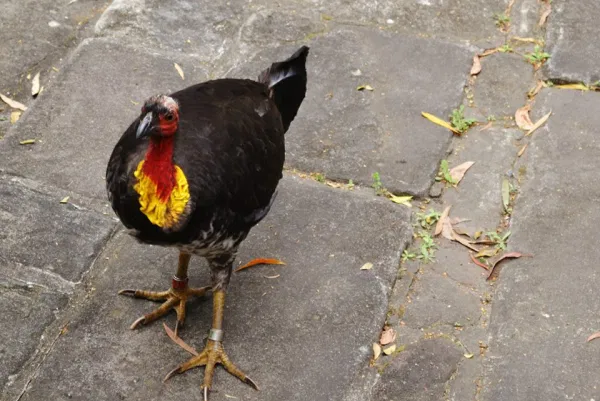
When I held an apple in front of this turkey, it literally jumped to peck the food out of my hand. Like a dog!
It was a pretty cool day! My class enjoyed dinner, bonded with each other, and sat around the campfire that night. Our professor even broke out a few beers with some of the students, since 18 is the legal age in Australia and Aussies are chill like that. Everyone chatted and had a good time.

Well. It was a nice trip nonetheless.
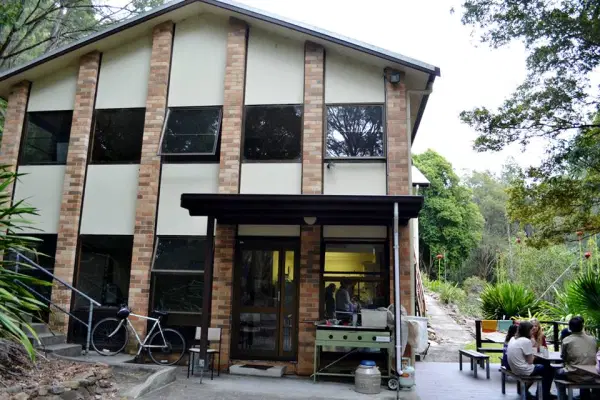


And I didn’t even get stung.

Hi Vy !
Awesome storytelling and drawings, i laughed a lot.
BTW: I read some time ago, bees are worldwide in decline. If so, trouble is ahead.
Will you tell us, what the DNA-comparison showed ?
G’dday
RoBo
It’s true– bees are in a lot of danger. It’s a serious problem.
Once we’re done the analysis, I’ll let you know! It’s going to take a couple of weeks, though 😛
As always, thanks for reading! 🙂
You’re welcome !
This is real fun.
And, do not conceal any “critter-related” incidents !
I want to read anything about Vy in “scared-mode” 😉 😉
Ahhhh I get in scared-mode all the time! Bees aren’t horribly scary, though. Large spiders, on the other hand…
When I was a child, we used to keep bees. My dad was a beekeeper and I was quite the little infant bee expert. When neighbours had a swarm in their garden, they would call my dad and we would go and collect them. You bring a box and literally put the swarm into the box. If the swarm is on a branch, you can cut the branch and put it in the box. Then you wait for a while and, as long as the queen is in the box, all the remaining bees go into it as well. Then you carry the box home and you have a new hive! Swarming bees don’t usually sting.
Anyway, after some years of happy and successful bee-keeping, one day I was stung on the head, and it was discovered that I had a dangerous allergy to bee stings. So we had to give away all the bees.
So, are you in panic-mode if a bee is closing in on you ? :-()
Is there no immunization to perform?
Cheers
RoBo
No, I never panic if I see a bee. I still have a very positive feeling for bees and I know they don’t sting unprovoked.
I don’t think it’s possible to get immunised against an allergy unfortunately – the only “cure” is avoidance.
That’s so cool! I’m assuming that you had fresh honey, then? I got to try some when I went on my trip, and wow: it was so much better than that stuff you buy in those bear-shaped plastic bottles!
You’re right, though– I was quite surprised at how non-aggressive the bees were. You could see the look of displeasure on my professor’s face whenever someone ran away from a bee. I guess he constantly has to deal with the misconception that bees are angry and dangerous, while, in fact, they’re giving up their life when they sting you!
It’s unfortunate that you’re allergic to bees, though. 😦 They’re fascinating creatures!